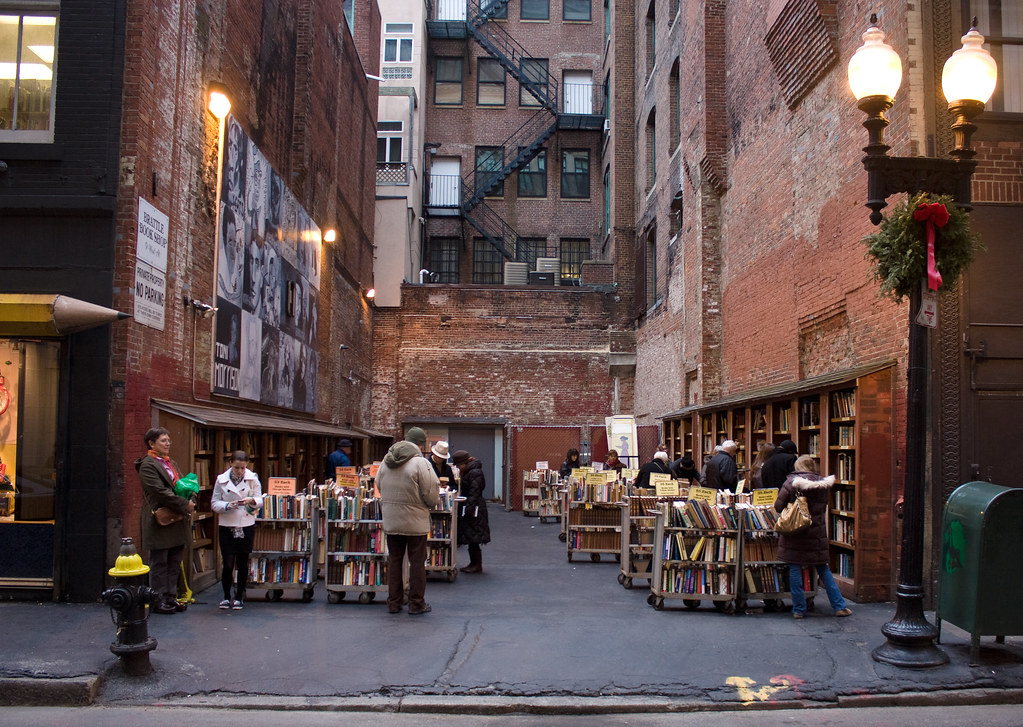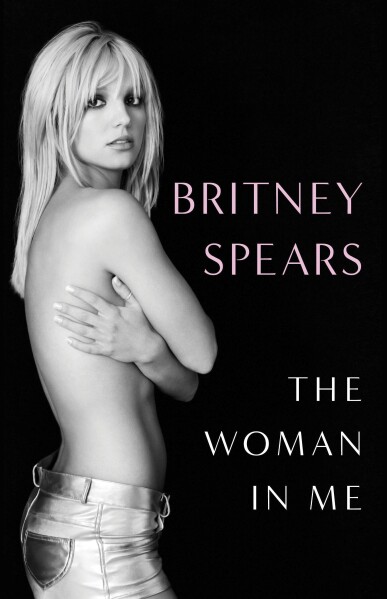In the past few years that I’ve spent in Boston, I’ve made a point to try and visit some of the many book stores it houses. Boasting over 100 colleges in the greater Boston area, I don’t think it is outrageous to claim that Boston is America’s ‘Most Collegiate City’, and it shows. The sheer amount of college students, professors, libraries, and of course bookstores show how academic Boston is, and how more knowledge is constantly sought. A veritable Mecca for those seeking to learn for the sake of learning!
With that, I’m going to highlight a few of my favorite bookstores that I have visited in Boston during my college years, as well as mention those that I have heard of and intend to visit. If there is a bookstore on here that I fail to mention, which you, our readers, feel deserves a moment in the spotlight, please feel free to comment away!

The bookshelves at Porter Square Books runneth over with something new to learn!
Porter Square Books: Nestled into a corner near the Star Market in Porter Square, Porter Square Books is a hidden gem that every college student in the nearby area seems to discover by chance. I myself came across it my freshman year of college, when my friend and I braved the snows of Nemo to go to the grocery store. As we attempted to head back into that record breaking snowstorm, we realized that we wouldn’t get far, and took refuge in Porter Square Books. As a point I’ve practically beaten into the ground by now, I love books and bookstores, and my friend and I were so pleasantly surprised by Porter Square Books that we stayed many hours, even after the snow stopped.
The store itself isn’t enormous, but the selection of books it has is excellent, with a range of the classics, new arrivals, and just quality choices in the fiction, poetry, mystery, travel, and cooking sections, among others.
In addition to a great selection of books, Porter Square Books also has a small coffee bar in the corner, where patrons can order gourmet coffee based drinks (as well as a wide ranging selection of teas), and can enjoy their purchases in many comfortable seats near the windows, whether at separate tables or a long bar in the well of the window. The light and the atmosphere are incredibly conducive to getting some quality reading done.
The final touch on this already lovely bookstore is that fact that Porter Square Books has frequent events. Just about every night of the week, the little bookstore brings in authors, some well known, some just breaking into the publishing industry, to give readings from their works. The public is always welcome to attend, and many stay to get books autographed or to ask the authors questions after. For such a small store, it feels very large. Whoever claimed that independently run bookstores are dying out clearly didn’t visit Porter Square Books, which is thriving nicely.
For such a small store, it feels very large. Whoever claimed that independently run bookstores are dying out clearly didn’t visit Porter Square Books, which is thriving nicely. To learn more, visit their website: http://www.portersquarebooks.com

The famous storefront of the original Harvard Book Store.
Harvard Bookstore: Harvard Square boasts many bookstores, which comes as no surprise considering that one of the world’s most famous colleges and universities is located there. It almost goes without saying that the bookstore associated with the college should be astounding, and any bibliophile’s dream.
Much like Porter Square Books, the Harvard Book Store is locally owned and independently run, as they proudly tout on their website, http://www.harvard.com. With an innumerable amount of books and sections, I think it can suffice to say that if there is a book you are seeking, in a particular genre, era, or color, it is likely bundled into the plentiful shelves of the Harvard bookstore.
Aside from the amazing selection and intensely intellectual atmosphere, which inspires its patrons to buy books in new disciplines for the sake of learning, one of the most exciting things about the Harvard Book Store is the frequent events when world renowned authors and readers come to speak! Upcoming speakers include Chelsea Clinton, Sarah Vowell, Simon Winchester, and Judah Friedlander. Throughout my time in Boston I’ve known college students and Boston residents alike to go to these events, creating a greater community of intellectuals.

One feels as though they have entered a place outside of time when they go to the Harvard COOP.
Harvard COOP: Down the street from the Harvard Book Store is the COOP, the bookstore for current Harvard and MIT students that is open to the public as well. I suppose the best descriptor of the store is that it resembles Hogwarts, with many floors and spiral staircases, and bookshelves lining the entire building. One walks in and feels as though they have gone through some sort of portal to a place outside of reality, which I feel is one of the main allure of books. If a building can replicate the feeling one gets from an excellent book, the building is doing something right!
Spanning over several buildings, the COOP is like a mixture of a Bed Bath and Beyond and the library of a castle; essentially everything a college student could need is there, whether it be their textbooks or replacement clothes hangars. I myself have wandered through there many times, marveling at the selection of books, audio books, and even different types of jig saw puzzles. It’s the jack of all trades of book stores! To learn more, or perhaps to purchase some Harvard paraphernalia, visit their website here: http://store.thecoop.com.

One of the staples of Newbury Street, Trident Booksellers and Cafe allows it patrons to enjoy their lunch and their reading material simultaneously.
Trident Booksellers and Cafe: Located in the center of Boston, Trident Booksellers and Cafe is one of the main attractions along the famous Newbury Street. When weary shoppers have had enough of the many designer clothing stores and delectable foods of Newbury, Trident offers a brief, calm respite with a nice cup of tea and a book. Like all the stores along Newbury, Trident is not very large, but its selection of books and magazines is top notch. With new arrivals, including the incredibly popular ‘adult coloring books’ (which I may or may not have purchased from Trident myself) from the past summer, as well as numerous classics, journals and most genres under the sun, Trident utilizes its space well, and leaves room for a full blown restaurant.
Downstairs is a coffee shop where readers can sit and enjoy any sort of beverage or pastry along with their book, and upstairs patrons can sit and enjoy simple, delicious meals! Check out their website here: http://tridentbookscafe.com.
Other bookstores that I haven’t gotten the chance to visit yet, but are on my list include:
Brattle Book Shop: located in the heart of Boston and best known for its book selections put outdoors in an adjacent alley for patrons to browse through. See their website for more information: http://www.brattlebookshop.com

Who wouldn’t want to wander through?
Commonwealth Books: Known for their rare selections, Commonwealth Books is a must see for any book lover. Learn more here: http://www.commonwealthbooks.com
New England Mobile Book Fair: I’m not sure if it is actually a book fair or if it actually moves, but rumor has it that the store is a long as several football fields, and packed to the gills with books of all sorts! See for yourself: http://www.nebookfair.com
All of these bookstores are places that any visitor or resident of Boston should consider going to, if for no other reason than to support local business in some cases! As Lemony Snicket, (aka Daniel Handler, aka the author of the famous A Series of Unfortunate Events) wrote in reference to libraries (which in this case I am likening to book stores), “The world is quiet here.”
-Hadley Gibson

































